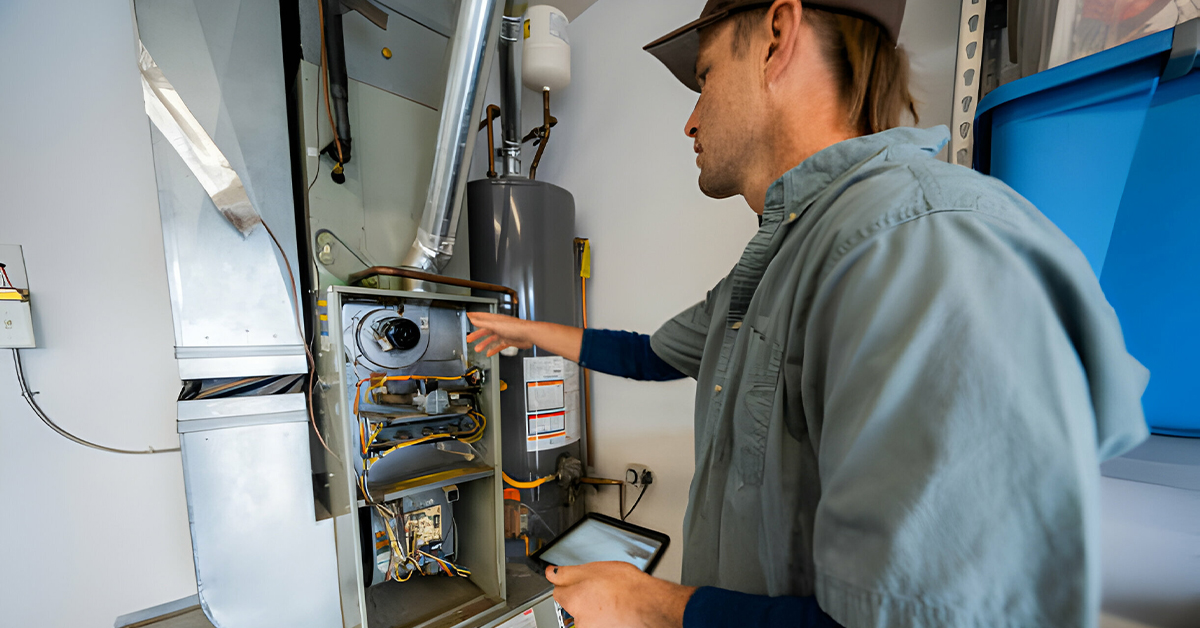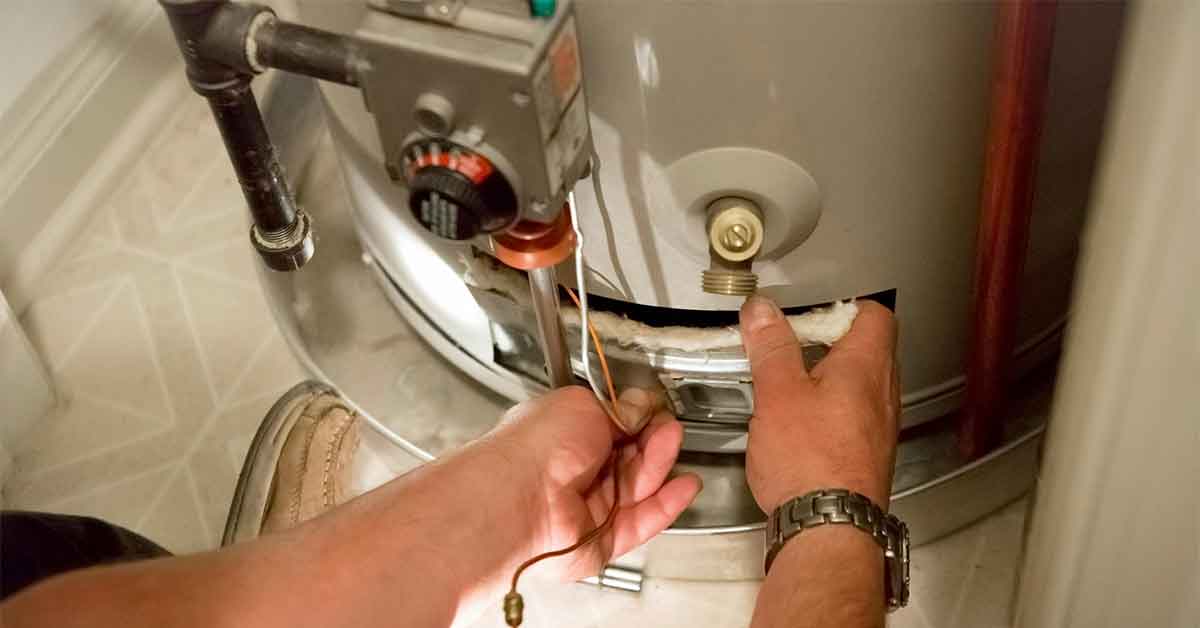Blog


Coils in Heat Pumps: Delving into the Mechanics of Heating and Cooling
Heat pumps, a staple in many modern households and businesses, owe a significant part of their success to two crucial components: the evaporator and condenser coils. These unsung heroes are fundamental to the efficient operation of these systems. Let’s embark on a detailed journey into the intricacies of these coils, unraveling their importance in the vast realm of heating and cooling.
1. The Heat Pump: A Brief Overview
Heat pumps stand as a testament to engineering brilliance. Essentially, they are devices designed to transfer heat from one location to another using a refrigerant as the medium. Depending on whether you want to warm up or cool down a space, the heat pump either draws heat from the external environment or transfers it indoors, or it reverses the process.
2. Dive into the Evaporator Coil
Nestled within the indoor unit of the heat pump, the evaporator coil is where the initial stage of the heating or cooling process unfolds. When the system is set to heating mode:
- The evaporator coil acts as a heat magnet, extracting warmth from the ambient air.
- As it does so, the refrigerant present within the coil undergoes a phase change and evaporates, transitioning from a liquid state to a gaseous state.
- This evaporation process causes the refrigerant to absorb heat, raising the temperature of the coil.
This mechanism is the starting point of the heating cycle in a heat pump.
3. The Condenser Coil Unveiled
Located in the outdoor unit of the heat pump, the condenser coil plays an equally vital role. When the system operates in cooling mode:
- The refrigerant, now in its gaseous state and laden with heat, is channeled to the condenser coil.
- Here, the refrigerant condenses and reverts to its liquid form.
- During this phase transition, the refrigerant releases its stored heat, which is then expelled to the external environment.
This expulsion of heat is instrumental in cooling down the indoor space.
4. A Seamless Duo
The evaporator and condenser coils are like two sides of a coin. They operate in tandem, mirroring each other’s functions but in opposite sequences based on the heating or cooling demand. This reciprocal relationship ensures the consistent flow and transformation of the refrigerant, making the heat pump’s operation smooth and efficient.
5. The Imperative of Coil Maintenance
Coils, like all components, are subject to wear and tear. Accumulation of dirt, debris, and contaminants can:
- Impede the coils’ efficiency, leading to a reduced heat transfer rate.
- Put undue strain on the heat pump, leading to potential premature system failures.
- Result in a spike in energy consumption and, consequently, higher utility bills.
Routine inspections and timely cleanups can forestall these challenges.
6. Cutting-edge Coil Technologies
Technological advancements have not left heat pump coils untouched. Today’s coils boast designs that greatly enhance heat transfer capabilities. Features like the spine fin and micro-channel designs have augmented heat exchange rates, paving the way for even more energy-efficient heat pump models.
7. Environmental Factors & Coil Efficiency
The performance of coils is not immune to external environmental conditions. Extreme temperatures, salty air in coastal regions, or corrosive atmospheres can influence coil efficiency. Thus, when selecting a heat pump, it’s paramount to opt for a design that is congruent with the specific environmental conditions of your locale.
8. Refrigerant: The Silent Workhorse
Beyond the coils, the choice of refrigerant is another linchpin in the heat transfer equation. Modern refrigerants are not only designed to be efficient carriers of heat but are also formulated to be eco-friendly. This ensures that while we enjoy optimal indoor climates, we’re also treading lightly on the Earth.
9. Common Coil Challenges and Remedies
Coils, over their lifespan, can encounter various challenges:
- Leaks: These can cause a dip in system efficiency and even potential loss of refrigerant.
- Freezing: Often stemming from issues like reduced airflow or depleted refrigerant levels.
It’s imperative to have regular system checks to diagnose these issues early. Prompt interventions can help avert more significant problems down the line.
Read Also: Eco-Friendly Heating: Exploring the Benefits of Heat Pump Technology
10. A Glimpse into the Future
The realm of heat pump coils is ripe for innovation. With ongoing research and development, we can anticipate the emergence of even more advanced coil designs. These future iterations will likely further optimize heat transfer processes, heralding a new era of heating and cooling solutions.
Conclusion
Evaporator and condenser coils, integral to heat pumps, play a pivotal role in shaping our indoor climates. Their orchestrated dance of heat absorption and release is what affords us the luxury of comfortable interiors, irrespective of external weather conditions. By understanding their nuances, ensuring their upkeep, and staying abreast of technological innovations, we can optimize our heat pumps to deliver peak performance.




